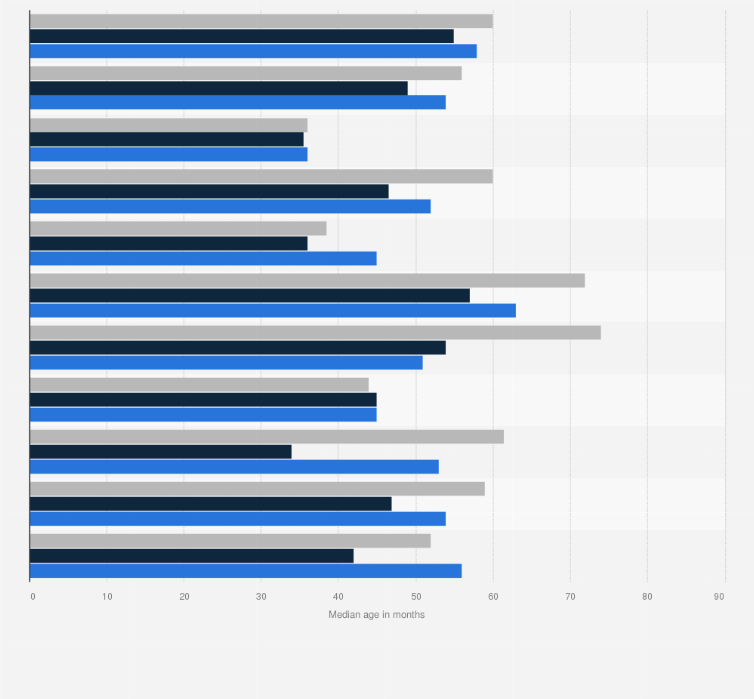
Nuclear imaging is a diagnostic test for medical diagnosis that uses radioactive markers to study organs or tissues in your body. It's an alternative to other imaging methods such as X rays and CT scanners.
What is nuclear medicine imaging?
Nuclear medicine imaging is a specialty of radiology that uses very small amounts of radioactive chemicals (radiopharmaceuticals) to study the function of your body. It is done to detect abnormalities early on in the progression of a disease.
What are your risks?
The two biggest risks from nuclear imaging are radiation and allergic reactions. Most patients do not have any problems with this test.
What is the radioactive tracer?
There are many different types of tracers that are used in nuclear medicine. Some tracers work only on a specific type of organ or tissue. Others work on a more broad basis, such as the ability to track blood flow in the body.

What does the radioactive tracer look like?
Tracers are composed of a number of molecules which are tightly bonded to a radiation atom. These carrier molecules are usually injected into the patient or placed on an internal organ to be scanned. Some tracers use a special molecular that interacts to a sugar or protein within the body.
What are different nuclear imaging techniques?
The most common nuclear imaging techniques are single-photon emission computedtomography (SPECT), as well as positron emission Tomography (PET). These two procedures are performed using radiopharmaceuticals that produce 3-dimensional images of internal organs.
SPECT utilizes the gamma waves that are produced by radioactive tracers when they pass through your body. Gamma cameras produce digital signals from the gamma-rays. These signals are used by the computer to create 3D views of your internal organs.
How long does it take to perform a nuclear scan?
A nuclear scan will take 30-60 minutes plus time for waiting after radioactive materials are given. You can do the scans in one visit or spread out over a number of days.
What are the most common areas of your body that will be scanned?
During a nuclear scan, a table will rotate around you. The SPECT device has a camera which takes pictures of internal organs as well as other parts of the body. These images are then sent into a computer which creates 3D images of the organs in your body.

What are some of the radioactive tracers that can be used to perform nuclear medicine imaging techniques?
Doctors can use a variety of radioactive tracer substances, depending on what part of the body is being scanned. These include various forms of the element technetium.
What do these radioactive traces look like?
Most of the radioactive traces used for nuclear medicine imaging are made up of very specific molecules. These molecules may be a combination between a carrier that is tightly bound to a radioactive nuclear tracer and a molecule composed of an atom special that interacts a sugar or protein inside your body.
FAQ
What is the difference of public health and health policies?
Both terms refer to the decisions made or legislated by policymakers in order to improve how we deliver our health services. A decision to build or renovate a hospital could be taken locally, regionally, and nationally. Local, regional, and national officials may also decide whether employers should offer health insurance.
What is the difference in the health system and the health care services?
Health systems are broader than just healthcare services. They include all aspects of what happens within the overall context of people's lives - including education, employment, social security, housing, etc.
Healthcare services focus on specific conditions like cancer, diabetes and mental illness.
They may also be used to refer to generalist primary-care services that are provided by community-based practitioners under the guidance of an NHS hospital Trust.
What are the major functions of a system for health care?
The health insurance system should be able to provide the necessary medical facilities for those who require them at a reasonable rate and allow everyone access to quality services.
This includes providing preventive care, encouraging healthy lifestyles and the appropriate treatment. It also means equitable distribution of resources in the health care system.
Who is responsible to ensure public health?
Public health is a responsibility of all levels of government. Local governments manage roads, schools and parks as well as recreation facilities. Both the state and national governments create laws and regulations for food safety, workplace safety and consumer protection.
Statistics
- Over the first twenty-five years of this transformation, government contributions to healthcare expenditures have dropped from 36% to 15%, with the burden of managing this decrease falling largely on patients. (en.wikipedia.org)
- For the most part, that's true—over 80 percent of patients are over the age of 65. (rasmussen.edu)
- Foreign investment in hospitals—up to 70% ownership- has been encouraged as an incentive for privatization. (en.wikipedia.org)
- Consuming over 10 percent of [3] (en.wikipedia.org)
- For instance, Chinese hospital charges tend toward 50% for drugs, another major percentage for equipment, and a small percentage for healthcare professional fees. (en.wikipedia.org)
External Links
How To
What is the Healthcare Industry Value Chain
All activities that are involved in providing healthcare services for patients make up the healthcare industry value chain. This includes the business processes within hospitals and clinics and the supply chains that connect them to other providers such as physicians, nurses, pharmacists, insurance companies, manufacturers, wholesalers, and distributors. This results in a continuum that starts with diagnosis and ends with discharge.
The value chain consists of four major components.
-
Business Processes are the tasks carried out by employees throughout the entire health care delivery process. For example, a physician might perform an examination, prescribe medication, and then send a prescription to a pharmacy for dispensing. Each step along the way must be completed efficiently and accurately.
-
Supply Chains are all the organizations responsible for making sure the right supplies reach their intended recipients at the right time. An average hospital has many suppliers. These include pharmacies, lab testing facilities and imaging centers.
-
Networked Organizations - To coordinate these various entities, there must be some form of communication between the different parts of the system. Hospitals typically have many departments, each with its own set of offices and phone numbers. Each department will have its own central point, where employees can get updates and ensure everyone is informed.
-
Information Technology Systems - IT plays a critical role in business process efficiency. Without it things would quickly fall apart. IT also allows you to integrate new technologies in the system. A secure network connection can be used by doctors to connect electronic medical records to their workflow.